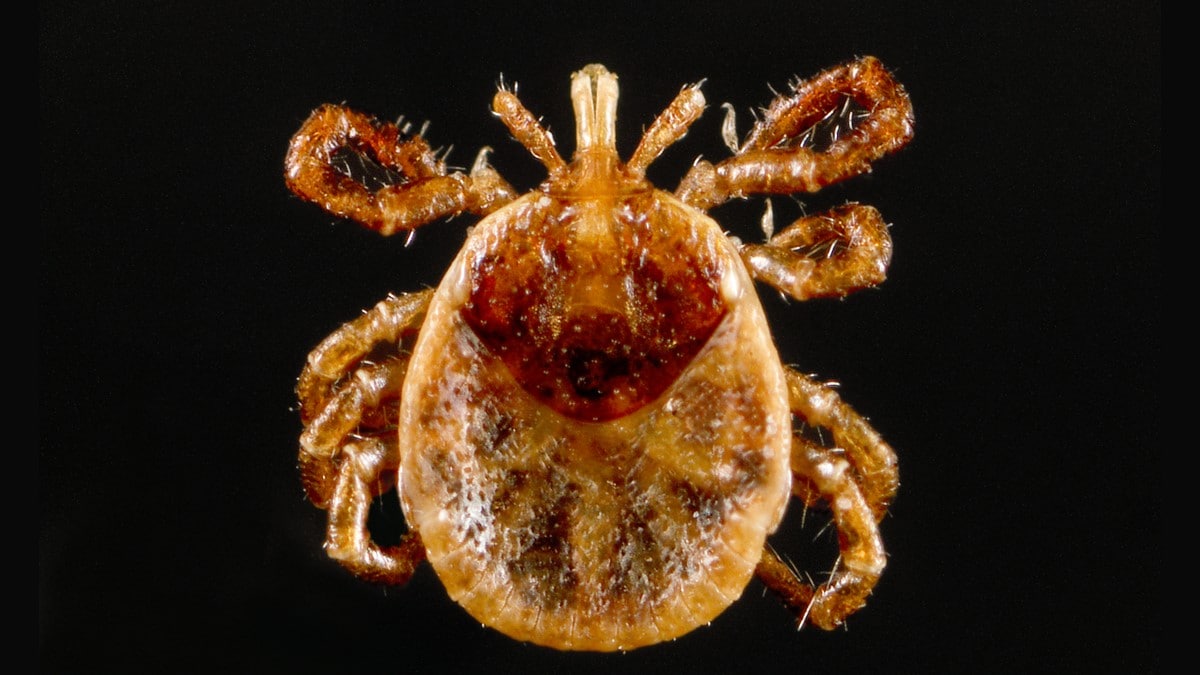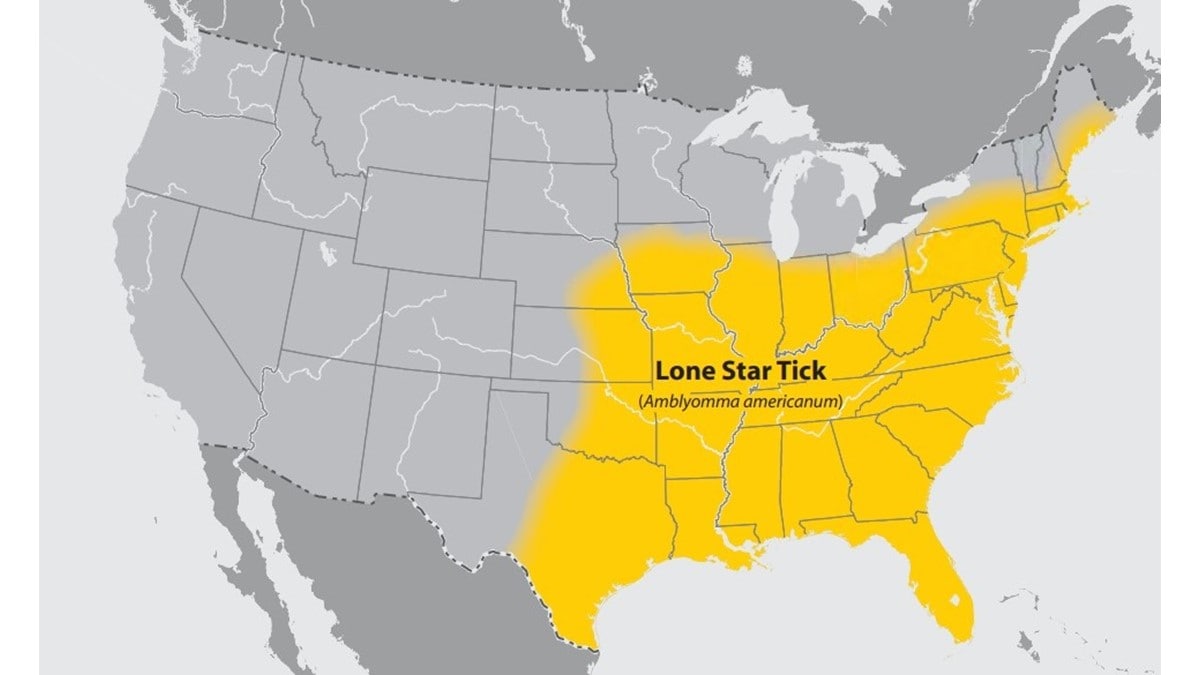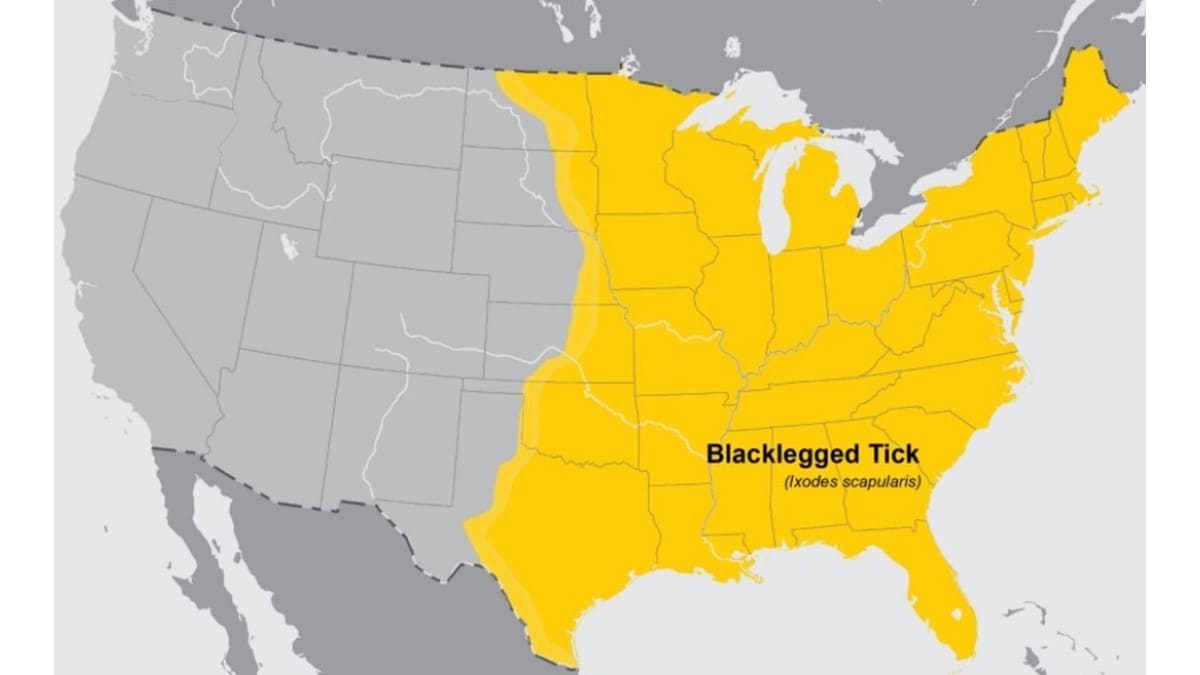What to know
- Most people get ehrlichiosis from the bite of an infected tick.
- The geographic range of ehrlichiosis cases depends highly on the species of Ehrlichia causing illness.
- In rare cases, Ehrlichia have been spread through blood transfusion and organ transplant.
- The ehrlichiosis case peak typically occurs in June and July.

Overview
Ehrlichiosis is the general name used to describe diseases caused by the bacteria Ehrlichia chaffeensis, E. ewingii, or E. muris eauclairensis in the United States. The majority of reported cases are due to infection by E. chaffeensis.
How it spreads
Tick Bites
- Most people get ehrlichiosis from the bite of an infected tick.
- Ehrlichia chaffeensis and E. ewingii are transmitted by the lone star tick (Ambylomma americanum), found primarily in the south central and eastern U.S.
- Ehrlichia muris eauclairensis is spread by the blacklegged tick (I. scapularis), which is widely distributed in the upper midwest and eastern United States. Cases have only been reported in Minnesota and Wisconsin.


Blood transfusion and organ transplant
- In rare cases, Ehrlichia species have been spread through blood transfusion and organ transplant.
- E. chaffeensis has been shown to survive for more than a week in refrigerated blood.
- Blood products are not routinely screened for the presence of Ehrlichia species.
- Leukoreduction might reduce the risk of Ehrlichia transmission, but it does not eliminate the risk.
- Patients who develop ehrlichiosis within a month (30 days) of receiving a blood transfusion or solid organ transplant should be reported to state health officials for prompt investigation.
More information
For more information about ehrlichiosis and blood transfusions, see the Special Considerations section of Diagnosis and Management of Tickborne Rickettsial Diseases: Rocky Mountain Spotted Fever and Other Spotted Fever Group Rickettsioses, Ehrlichioses, and Anaplasmosis — United States: A Practical Guide for Health Care and Public Health Professionals (2016).
Related diseases
Other tickborne pathogens spread by these tick vectors
- Heartland virus (the cause of Heartland virus disease).
- Francisella tularensis (the causative agent of tularemia).
- Bourbon virus (the cause of Bourbon virus disease).
Tick paralysis and allergic reactions associated with consumption of meat from mammals, and Southern tick-associated rash illness (STARI) have also been associated with lone star tick bites. For more information on red meat allergies, learn about Alpha-gal syndrome.
In addition to E. muris eauclairensis, the blacklegged tick also transmits several other pathogens in certain geographic areas, including:
- Anaplasma phagocytophilum (the causative agent of anaplasmosis).
- Borrelia burgdorferi (the causative agent of Lyme disease).
- Babesia microti (the primary cause of human babesiosis).
- Borrelia mayonii (a cause of borreliosis).
- Borrelia miyamotoi (the cause of hard tick relapsing fever).
- Powassan virus (the cause of Powassan virus disease)
Epidemiology
Geographic range
The geographic range of ehrlichiosis cases depends highly on the species of Ehrlichia causing illness.
- E. chaffeensis and E. ewingii infections occur primarily in south-central, southeastern, and mid-Atlantic states.
- E. muris eauclairensis infections have only been reported from Wisconsin and Minnesota and travelers to those states.
Peak transmission
The majority of cases reported to CDC have an illness onset during the summer months with a peak in cases typically occurring in June and July.
For more information, see Seasonality.
